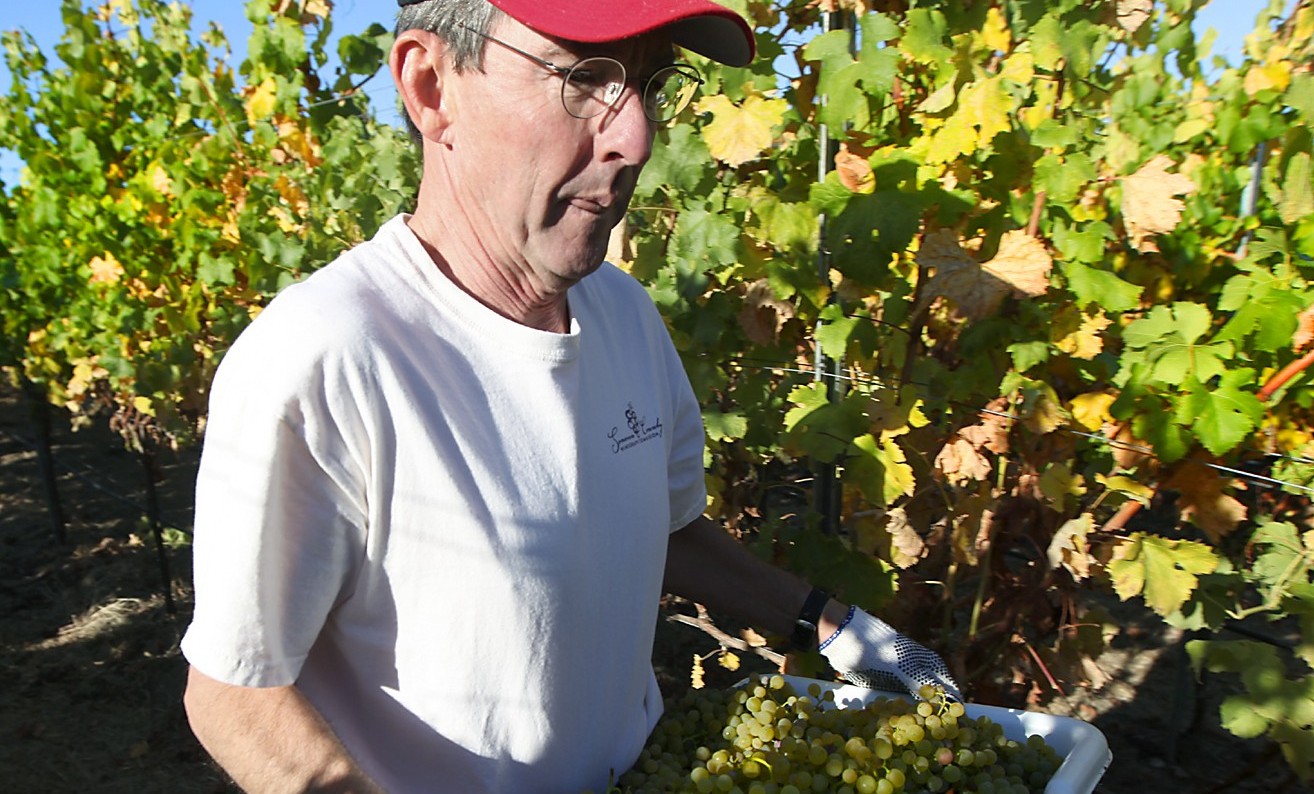
Sun Ripened
A person would count themselves lucky to have enjoyed one successful career on the cusp of scientific breakthroughs in agriculture and improving farmer-profitability.
Nick Frey has had two. Frey (’70 agronomy) had a 25-year career in research and new business development with Pioneer Hybrid International during the beginning of biotechnology. He left the industry and set out to enjoy the blue skies and warm temperatures of Sonoma County.
Along with great food, wine and weather, he found a new career using his science and communication skills to work with the Sonoma County Winegrape Commission.
As president, Frey directs $1.2 million annually from grower assessments to promote Sonoma County as one of the world’s premier grape growing regions. The commission also funds researchon vineyard pests and diseases and conducts grower education.
Frey admits the diverse, small-scale agriculture of the wine grape industry seemed pretty foreign to him when he made the move from Iowa.
“I had no experience in grapes when I accepted this job, but my training in agronomy and plant physiology translates pretty well. And, my experience communicating in the controversial early days of biotech has come in handy,” Frey says.
The commission consists of 1,800 independent growers who sell to third party vintners. Frey says they have a few very large growers with more than 1,000 acres, but most members have 100 acres or less and 40 percent grow on less than 20 acres.
“The growers here are much like growers around the world—good people, down-to-earth. The growers on my board are working for the interests of all grape growers and not for their personal agenda,” Frey says.
Grower education is an important part of the commission. It offers integrated pest management meetings; organic producer groups; pruning contests for vineyard employees and youth; tradeshows; and several programs on marketing, profitability and issues affecting grape demand. They also offer an employee development program for Spanish speakers.
Frey says they partner with vintners and the county tourism bureau to get the most bang for their marketing buck. Working together the county pulls in $1.3 billion each year from tourism.
They target consumers and wineries through conventional marketing, but much of their efforts are online. Their website is rich with interactive features like maps, wine guides, grower profiles and a grape marketplace. The commission also has a presence on Facebook, Twitter and YouTube.
“We want people to connect with our growers. We host sommeliers, offer tastings and tours in our vineyards. We go on the road jointly with vintners to major U.S. cities to host tasting events,” Frey says. “We also offer a fantasy grape camp that pampers guests with great food and wine for two and a half days while experiencing the harvest and crush first hand.”
Frey says building relationships among growers, customers and “gatekeepers” like sommeliers, retailers and the media is essential to building their regional brand.



